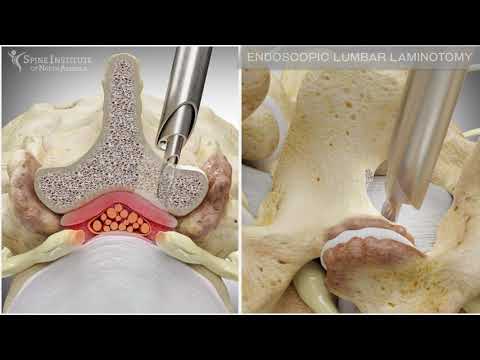
Spinal (nervous) stenosis refers to an obstruction to the opening of the cervical canal
Spinal stenosis can occur anywhere in the cervical canal but is generally more dangerous in the lower neck because of its proximity to the cervical spinal nerve root. A spinal stenosis is a medical condition in which the neck becomes rigid due to an increased level of pressure on the cervical cord and vertebrae.
There are many causes for stenosis of the cervical spine such as tumors, infection, irritation, infection, and injury. Other than this, the most common cause of stenosis is aging. This usually happens when the head becomes smaller over time and gravity begins to pull down on the head. The neck muscles tighten, increasing the amount of pressure on the cervical spine. When the pressure starts to increase on the neck, it becomes a source for neck pain.
There are many ways to treat neck pain associated with stenosis. One of these methods is surgery. However, there are certain complications that may arise with surgery. Surgery has also been found to be ineffective.
Surgery should only be performed on people who have already tried other treatments such as exercises, chiropractic treatment and/or use of medicinal drugs without results. If you have tried surgery and are still experiencing neck pain, you should first consult with your doctor to rule out another cause for the symptoms.
Safer alternative treatment options are acupuncture, massage, or electrical stimulation. You can also try to relieve the pressure on the neck by applying ice packs. These treatments will help in relieving pain caused by stenosis.
Another way to treat your neck pain is to increase your physical activity. This means that you should get more physical activity such as walking, biking, swimming and any kind of physical activity. All these activities will help you to strengthen your back and help you increase your flexibility.
You should also consider having an exam by your physician so that your doctor can perform tests to help you determine the exact cause of your stenosis. Some people experience a recurrence of their symptoms and in such situations, they have to undergo another procedure to remove the obstruction in the opening of the cervical canal.
Since stenosis is not a life threatening medical condition, it is not curable. However, it can be managed and you should learn the different ways on how to prevent it from recurring.

Stenosis is often caused due to weakening of the cervical vertebrae, which is also called cervical dystrophy. This condition can also result from aging, or from injury to the area.
One of the most common causes of stenosis is a herniated disc or spondylolisthesis. This is a condition where the softening disc pushes on the cervical spine and increases the pressure on the cervical spine.
Cervical stenosis is also a common cause for pregnancy. When a pregnant woman is suffering from cervical dystrophy, she would experience neck pain while trying to sleep.
Another cause of stenosis is tumors that are located inside the cervix or in the ovary. This condition is called endometrial cancer.
It is best that you discuss these symptoms with your doctor before you start taking any pain killers. Your doctor will be able to guide you with proper treatments that will help you deal with the pain you are experiencing.
Another treatment for stenosis is spinal decompression. This is a procedure where your physician will use the back of a vacuum cleaner to remove the lining of the spinal canal. This process helps to relieve the pain as well as promote healing of the spinal canal.
You can also benefit from physical therapy. This helps to provide you with techniques that will help you regain some of your mobility and help to strengthen the spinal cord.
These are some of the most common treatments for stenosis. There are other treatments that are also available in the market but the most effective ones are the ones that are safe and effective.